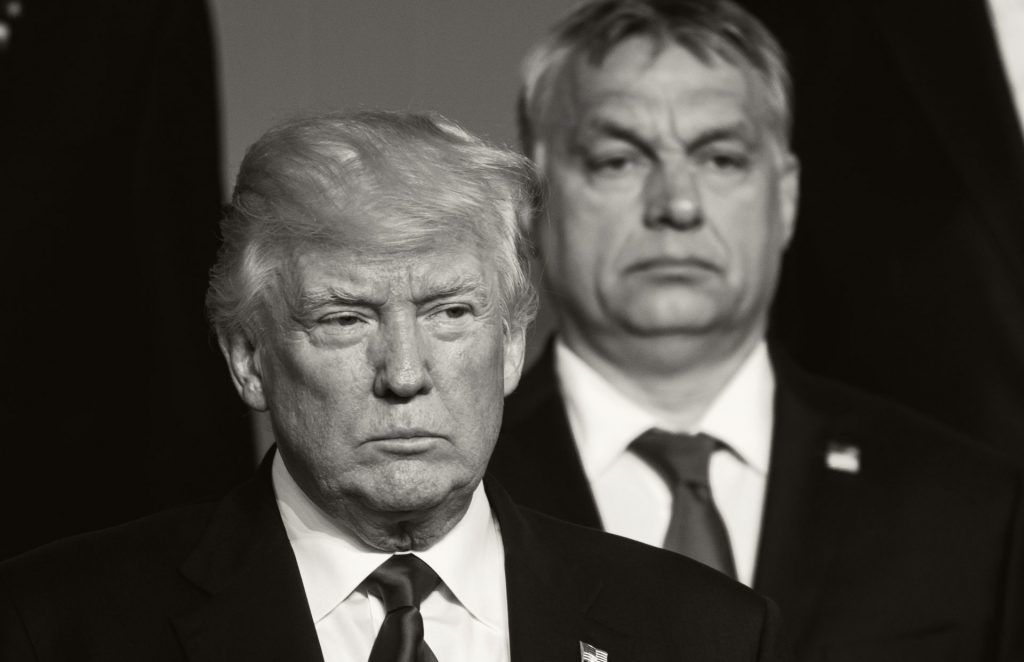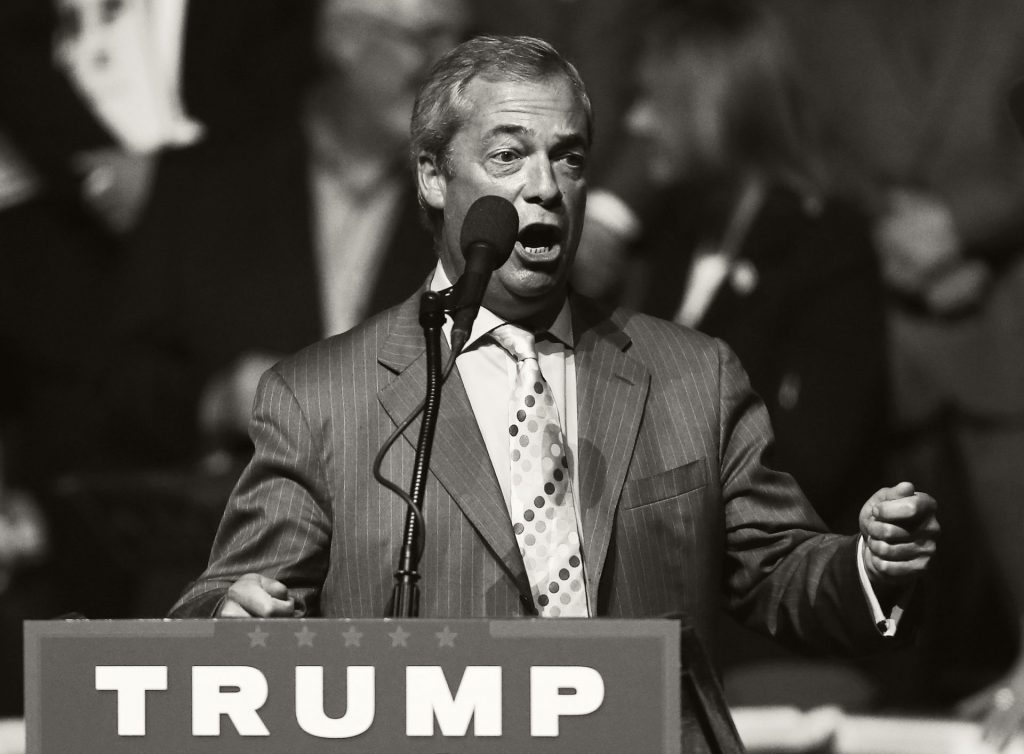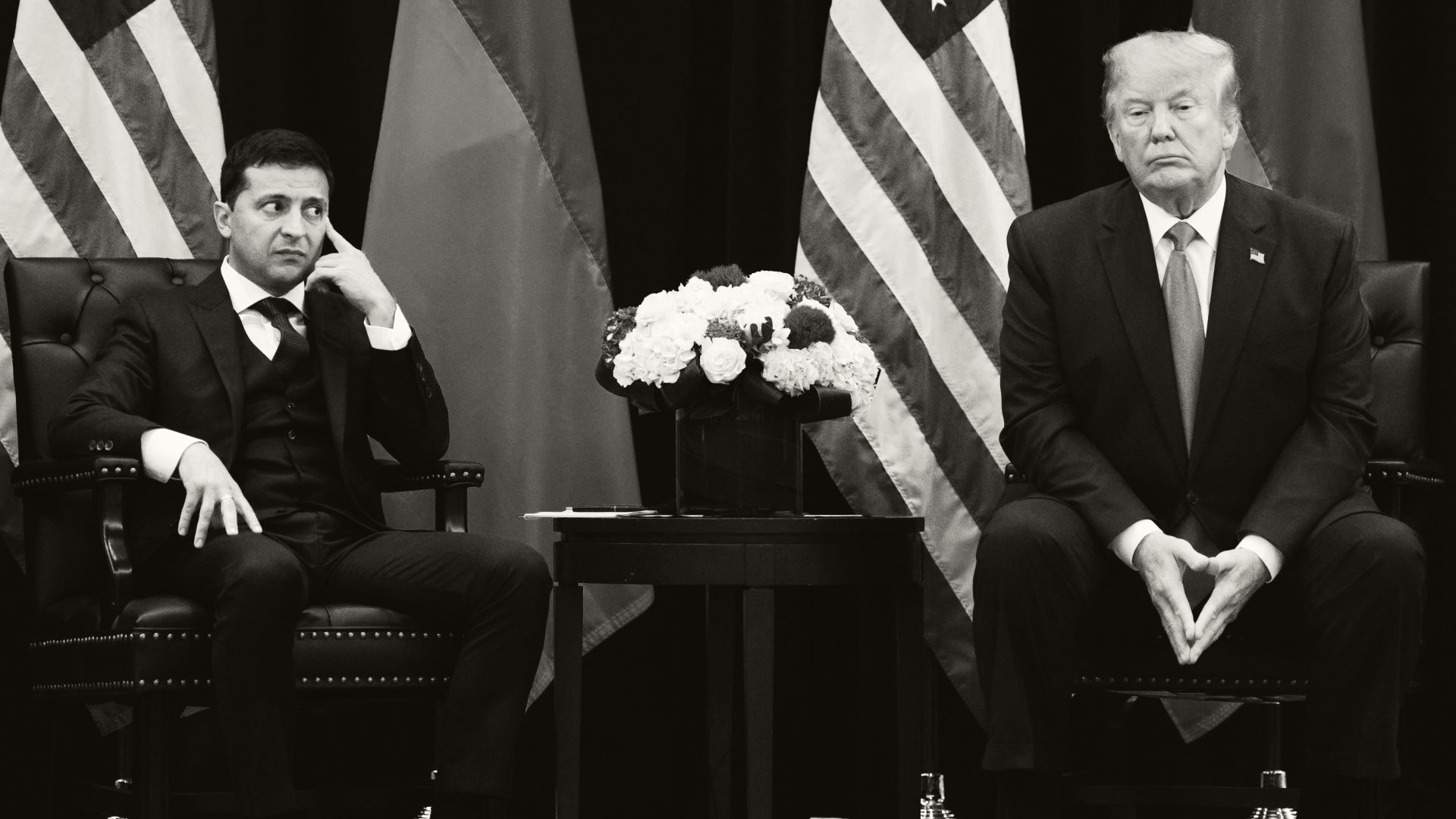There was perhaps nowhere worse in the world to wake up to the news that America had selected Donald Trump to be its 47th president than in Ukraine’s capital of Kyiv. Since 2022, Ukraine has fought for its very existence against Russia, a much larger aggressor engaged in an overt war of conquest.
Ukraine has not had all of the support it asked for, but it has managed to defy almost everyone’s expectations and hold Russia at bay, at a huge cost in terms of effort and lives. It has relied on equipment and money from the US and, to a lesser degree, Europe to do this, and without that support the war could rapidly turn against it.
Trump has made it clear he doesn’t want to continue supporting Ukraine. Europe has barely set up contingency plans to keep Ukraine equipped if America stopped its deliveries – and Trump wants to reach a rapid peace deal, on terms that would suit Putin.
And yet while Trump’s election might be most obviously calamitous for Ukraine, and in turn for the defence of Europe, that would probably be nowhere near the most consequential of his decisions on the global stage.
A withdrawal from Nato would leave the western alliance and international order in disarray. Trump is likely to withdraw the US from its commitments to tackling the climate emergency. His plan for blanket tariffs on all US imports could start a global economic crisis as damaging as that of 2008, potentially hitting global GDP by as much as 5%.
If Trump takes his eye off the ball and China uses the opportunity to invade Taiwan, the resulting disruption to vital silicon supply chains could stall the AI race entirely, and lead to years of delays for computing and networking products. The resulting economic trade war could cause a catastrophic global 10% drop in GDP – and that’s assuming a nuclear escalation is averted.
Trump is four years older than when he was last president, and he seems it: his impulse control is gone. Worse still, he returns as a man scorned and out for vengeance – mostly on his domestic enemies, but in ways that could see him lash out on the world stage. And this time, almost any check and balance that might slow him down or hold him back is gone.
The Trump of 2024 has gone well past populism into a policy agenda that meets any reasonable definition of fascism. He intends to use the justice system to punish his enemies while pardoning his friends – and himself.
He is planning to give crucial cabinet-level offices to billionaire business allies such as Elon Musk, who have their own scores to settle. He has spoken openly of launching dawn raids against legal and illegal immigrants to America. But he is who the voters of the country have chosen, with their eyes open.
The rest of the world is going to have to learn to live with that. It will also be unable to rely on America’s own safeguards minimising the damage Trump could cause, as they did during his first term. Europe’s own recent history – not just that of the mid-20th century – is instructive on what happens when populists return to power for a second time, having learned from their first time around.
Hungary’s political system managed to reject Viktor Orbán once, voting him out in favour of a relative centrist after one term, with its political checks and balances frayed but still in place. But Orbán’s successor couldn’t get enough done for the voters, and so he was returned to power – this time with a plan to demolish the institutions that had stood in his way the first time. What followed was a successful war on the judiciary, universities, civil society, and the media. It is a blueprint Trump is clearly following.

The first time a populist comes to power, there are lots of obstacles in their way. Whether sincerely or otherwise, they have to at least look as if they will largely adhere to the political norms of their country – their own party will have lots of long-standing establishment figures with their own power bases, for example.
Trump’s gestures in this direction were to surround himself with relatively experienced Republican figures, or those from the business world, in his cabinet, and to make gestures of respectability towards the Senate. Inevitably, these attempts towards respectability didn’t last – Trump was not capable of maintaining the facade, and it was not compatible with how he wanted to do politics.
But when Republicans thought that the old norms might re-establish themselves, and Trump might prove to be a brief aberration, they were willing to speak out against him. They first did this during the infamous “grab ’em by the pussy” Access Hollywood tape, when it seemed that the secret recording of Trump’s grotesque willingness to assault women might render him ineligible for the presidency.
Numerous Republicans condemned Trump’s remarks, until he won and they realised they would have to deal with him in the Oval Office – meaning they didn’t quite withdraw their criticism, but instead just stopped mentioning it.
When Trump attempted an insurrection rather than leave the White House peacefully, elected Republicans made their final attempt at speaking out against him, because once again he seemed to be on the way out for good. They condemned his actions at the time, but once it became clear he was still a viable political force, this time they went further – embracing the lie they had once condemned.
Trump has had eight years to grind the old Republican Party into dust and rebuild it in his image. There is virtually no internal opposition to him left, beyond at most two independently minded senators who are unlikely to be ousted in primaries by his voters.
Given the Republicans’ likely majority in the Senate, that invalidates the prospect of congressional safeguards holding against Trump: he can almost certainly confirm anyone he wants to any post he would like – Robert F Kennedy, Elon Musk, and who knows who else. Impeachment is off the cards.
Similarly, Trump has eroded the norms that might let senior officials within the Department of Justice, or State, or elsewhere to hold him back. Project 2025 and multiple other blueprints for a second Trump term have already laid the groundwork to delegitimise America’s civil service, and to pave the way for the mass replacement of thousands of key officials with Trump loyalists.
There is little hope to be found in the courts: Trump already has a supermajority on the Supreme Court, and is likely to be able to appoint successors to Justices Thomas and Alito during his next term – meaning he will personally have appointed five of the nine justices, fixing the court in his image for decades to come.
Outside of the formal channels of presidential accountability – none of which are going to be remotely functional against Trump term two – are the informal checks and balances of wider society: businesses, the media, civil society organisations, and more.
Big business pushed back on Trump, after a fashion, in his first term because executives calculated it was in their interests to do so. Trump convened panels of technology CEOs and executives, only to see them resign over some of his policy choices – such as the attempted “Muslim ban”, or over Trump’s withdrawal from the Paris climate accords. Elon Musk was among the executives resigning from advisory councils at that time.
Again, this calculus changes the second time around: you will not see big business stand up to Trump a second time, because he has shown that even when he outrages the old norms, it is not enough to stop him at the ballot box. The voters don’t care, so business leaders won’t care. They will assume that he is building a new normal, and work to maximise their profits in the new climate.
That means America’s remaining institutions will need protecting and defending, lest Trump come for them too: expect the media to come under relentless assault, as may universities, campaign groups, and the Democratic Party – which may itself implode given the comprehensive nature of its defeat at the ballot box.
None of them are beaten yet, but they are likely to be preoccupied with domestic fights and with their efforts to rebuild. It is harder to mobilise an angry public the second time around, but similarly not impossible. Every aspect of resisting Trump at home will be harder this time.
If Europe is honest – if the rest of the world that regards America as an ally is honest – it squandered the time it had to get its house in order. When Trump was in the White House, Europe talked about boosting its own defence capabilities and making its own global alliances, but then took very little action.
Once Trump was gone, the old complacency rapidly returned. The prospect of a Trump win was met with an ostrich-like head-in-the-sand response in many European capitals. There is no secret plan as to what to do next now that he’s back.
There are still just over two months until Trump returns to the Oval Office, and that means there’s some time to pull together some kind of response.
As some MPs are already realising, a Trumpian America means that there is no viable economic or security future for the UK outside of Europe – the need to rejoin the single market and gain the protection of the world’s largest free trade bloc has become urgent, even if rejoining the EU remains off the table for the moment (though this, too, should be revisited).

The UK government, like governments across Europe, will have to expect its domestic populists to be energised. In the short term, that means unbearable smugness and triumphalism.
Substacker Isabel Oakeshott emailed her followers celebrating a “stunning new political landscape”, Conservative disaster show Liz Truss celebrated “great news for the USA and the West”, and part-time MP Nigel Farage cheered the “incredible political comeback” of Trump, while goading Rory Stewart for his failed prediction of a Kamala Harris landslide.
There is a more serious populist risk, too. Americans will probably soon remember why they voted against Trump in 2020: they like the idea of him boosting the economy, but voters found his presidency exhausting. Until that moment hits, Europe’s populists and their cheerleaders will believe they are in a global political moment that they can seize.
If the mainstream cannot find ways to counter the anger into which those populists are tapping, that populist surge could become real.
Keir Starmer is going to have to do a lot of things all at once: he will need to work with Trump as well as he can, riding the tiger in a doubtless doomed bid to control its direction of travel even a little.
He will have to build and rebuild international alliances beyond the US that aren’t just about talk: real money needs to be spent on defence, and real trade deals need to be signed.
And he will have to push back the populist threat at home, even with his own dismal popularity numbers.
Starmer has not had an easy first few months as prime minister. Everything is about to get much harder still.




